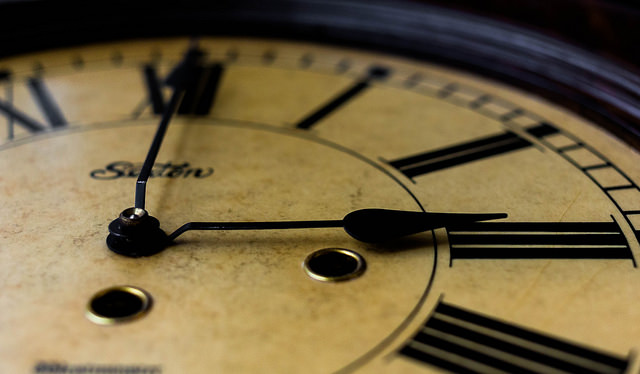
The Japanese have never exported Defence products so it isn’t surprising that, in their own words, they are ‘
behind the power curve’ with respect to the SEA 1000 Competitive Evaluation Process (CEP).
That was apparent when a Japanese delegation of navy, government and industry personnel
arrived in Adelaide last week to engage with Australian industry as part of their CEP activity. In principle they should be congratulated for their efforts to keep their heads above the water while swimming in the deep end.
Unfortunately for them, the visit may have backfired.
At their presentation to local industry, they clearly stated their intention to respond to the
foreign, hybrid and local build options required by the Government and that they stand ready to engage Australian industry to the maximum extent possible throughout all stages of the submarine project.
Australians and Australian companies would be involved in all stages: first, the design stage (assisting with respect to boat design effort and sub-supplier selection), second, the build phase (assisting with respect to project management, material acquisition, welding and fit-out), and third, ongoing submarine upkeep.
They said all the right words to an audience of keen product and service providers, but then curiously advised that industry engagement would only occur post-CEP. There’s risk in this approach for them; it could prejudice their chances of ‘winning’ the CEP.
The French and Germans, both seasoned players, have already provided industry briefs to small groups all around the country. They’ve followed up those briefs with one-on-one discussions so that they can identify relevant service and product suppliers and examine their capacities and capabilities, discuss and explore potential opportunities, make proper assessments as to what can be achieved with respect to local industry capability and detail both the cost impact (negative or positive) and risks that future engagement may entail. This isn’t being done solely from a project and engineering perspective, but also from a corporate due-diligence perspective. Neither DCNS nor TKMS executives will be able to sign off on CEP submissions unless they are satisfied that the due-diligence has been done.
The Japanese will have done none of this and won’t be in a position to even understand what’s possible with respect to Australian industry involvement, nor appreciate the cost and risk. One would expect that Defence, as part of the proper consideration they must give each contender’s submissions, won’t be able to, in good conscience, accept key elements of the Japanese proposal.
Also problematic with respect to the Japanese bid, and something that will almost certainly be under consideration by Defence, is what’s referred to in
CEP public discussion as ‘the Japanese techno-culture risk’. This is the risk associated with differences in laws, workplace relations and practices, technical regulations and standards, among others, between Japan and Australia. It’s already apparent with respect to language that the nuances of conversations are being lost through the translators that have been accompanying the many non-English speaking Japanese delegates.
The same issues haven’t manifested in discussion with the French and German parties, with both DCNS and TKMS having previously built ships in Australia, and indeed in a number of international jurisdictions.
It’s worth noting that, even though the French and Germans have Australian defence experience, they have both employed a number of former Australian Navy and Defence personnel to participate in their sell. The Japanese have not.
Nonetheless, the Japanese are quick learners and have rapidly responded to suggestions and concerns levied at them in this unfamiliar game.
Whilst the media have reported that the
Babcock, BAE, and
SAAB have approached Japan to co-operate, it’s probably too early for the Japanese to enter into any such arrangement. They do however need to recruit some Australians onto their team who can advise on and take some level of prominence with respect to local industry. They also need a permanent presence in-country and desperately need to form up a small and intimate team to embark on a national tour with the aim of ultimately interacting one-on-one with those Australian entities seeking opportunities in the SEA 1000 space.
The clock is ticking for the Japanese.
 Print This Post
Print This Post